
A blog of the Wilson Center
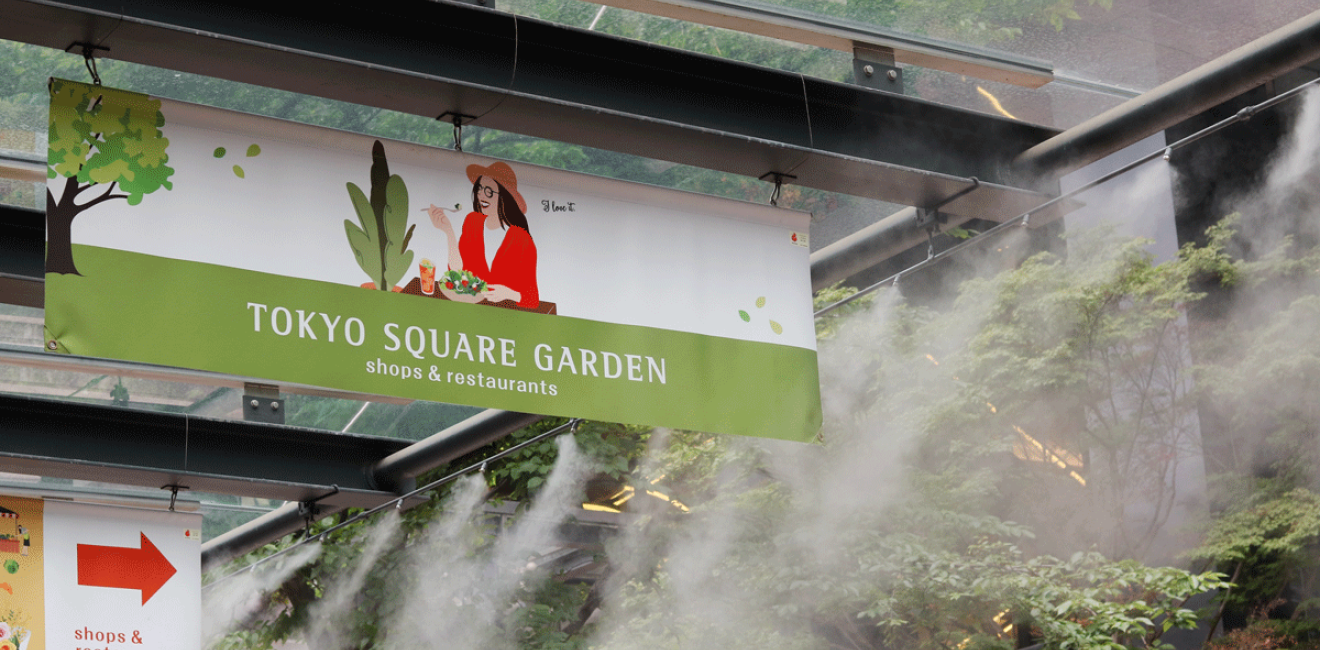
Extreme weather conditions are commonplace in today’s global environmental realities. Heatwaves are becoming more frequent, more intense, and longer lasting during the summer months. The Northern Hemisphere is no exception, with countries from the UK to China to Italy sweltering under intense heat.
Yet, even in the context of our new climate certainties, the recent heatwave in Japan is extraordinary. Temperatures reached above 104 degrees (40 Celsius) for the first time on record for the month of June. On July 3rd in Tokyo, temperatures exceeded 95 degrees (35 Celsius) for the ninth consecutive day—the longest streak since record-keeping began in 1875. Hundreds of deaths were attributed to the heat, and nearly 5,000 people went to the hospital seeking treatment for heat stroke and exhaustion over just a couple of days. The majority of those patients are senior citizens, who make up a significant share of Japan’s aging population.
These extreme temperatures so early in the summer are raising concerns over what might lie ahead, with August typically one of Japan’s hottest months. But concerns go well beyond those of comfort: the unusual heat, combined with current geopolitical instability, has exposed the fragility of Japan’s energy system.
Since shutting down most of its nuclear power plants after the 2011 accident in Fukushima, and more recently shutting down coal-fired power plants to reduce carbon emissions, Japan relies primarily on liquefied natural gas imports. Liquefied natural gas cannot be stockpiled, and is exponentially more costly due to the Russia’s invasion of Ukraine and responding world sanctions.
Author
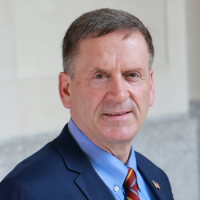
Explore More in Stubborn Things
Browse Stubborn Things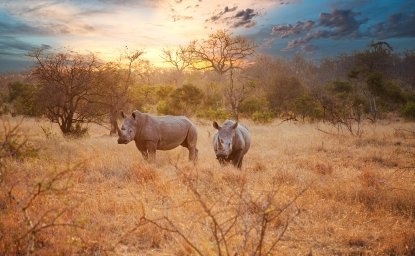
Spying on Poachers
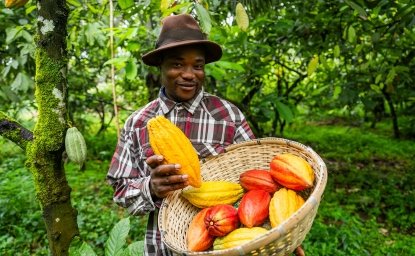
China and the Chocolate Factory
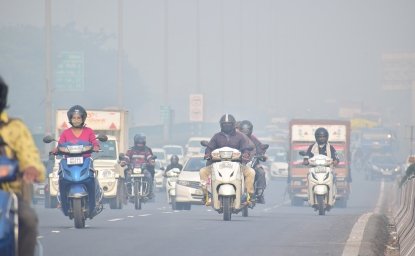
India: Economic Growth, Environmental Realities
